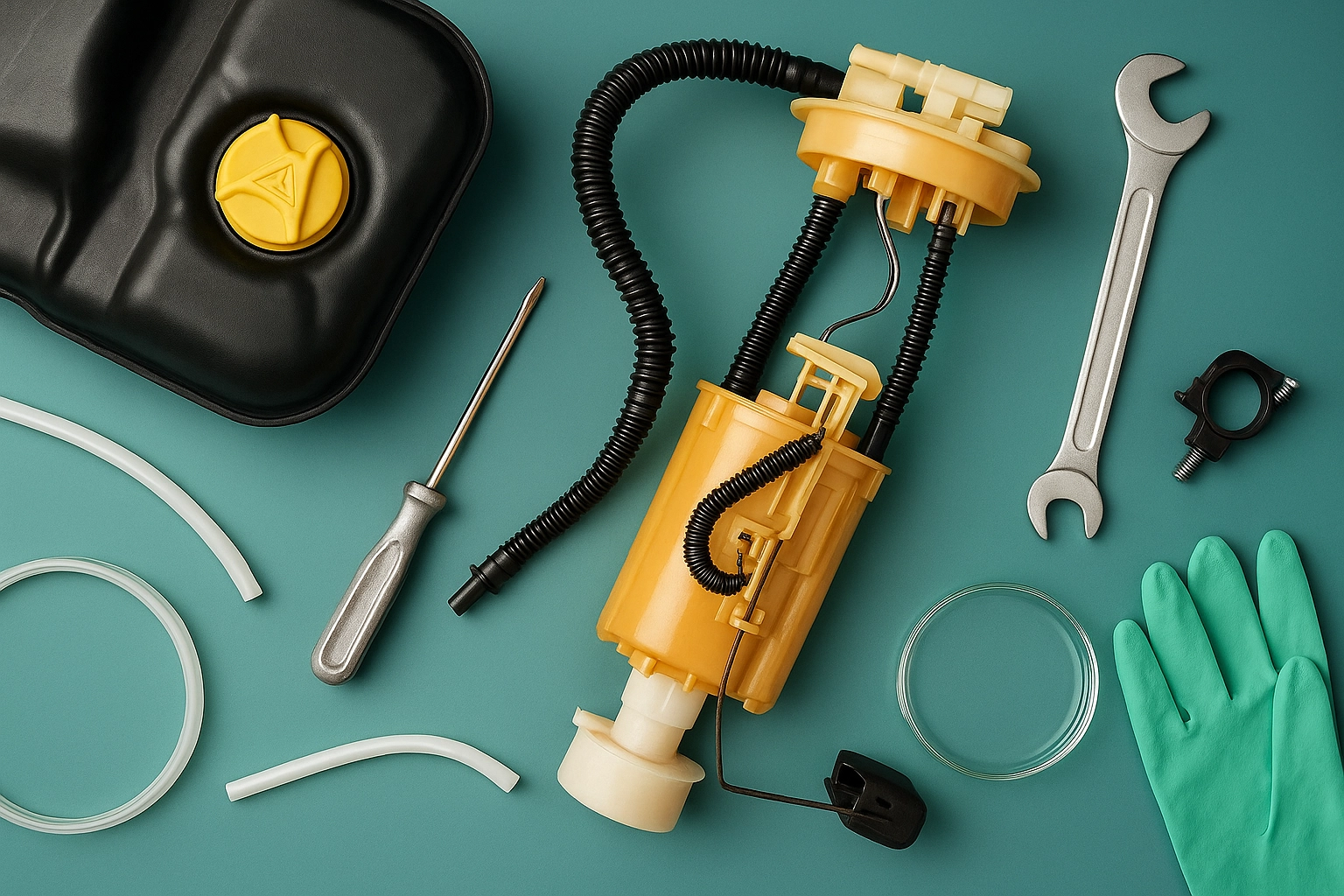ISO 21750 Fuel Tank Explosion Resistance Test
The ISO 21750 standard is a critical guideline for ensuring that fuel tanks and their associated systems can withstand the potential hazards of explosion. This test is essential in the automotive sector, where safety is paramount. The primary objective is to evaluate whether the fuel tank can maintain its integrity under conditions that mimic real-world scenarios involving explosions.
The ISO 21750 Fuel Tank Explosion Resistance Test involves subjecting a fuel tank specimen to an explosive event designed to replicate the conditions of a vehicle crash or similar event. This test ensures that the fuel tank remains intact, preventing fuel leakage and subsequent fire hazards. The test is not only about structural integrity but also about the ability of the fuel system to handle extreme pressures and temperatures.
The testing process involves several key steps. First, the specimen fuel tank is prepared according to strict guidelines outlined in ISO 21750. This includes ensuring that the tank is clean, free from any foreign materials, and properly positioned within a test rig. The tank is then connected to a controlled explosive event system designed to simulate real-world conditions.
The test itself involves igniting an explosive charge placed near or around the fuel tank specimen. The explosion generates high pressures and temperatures that are aimed at simulating an accident scenario. The performance of the fuel tank during this process is monitored using specialized instrumentation, including pressure gauges, temperature sensors, and video cameras.
The acceptance criteria for passing the test are stringent and ensure that the fuel tank remains intact after the explosive event. This includes no visible signs of structural damage or leakage from the fuel tank. The test also checks for any breaches in the fuel system that could lead to a fire hazard.
Understanding the real-world implications of this test is crucial for automotive manufacturers and suppliers. In an accident, a compromised fuel tank can lead to severe safety risks, including fires and explosions. By adhering to ISO 21750 standards, manufacturers ensure that their products meet the highest safety standards and contribute to safer vehicles on the road.
The test is not only about compliance but also about ensuring product reliability and performance in critical situations. The data collected from these tests can be used to refine designs, improve materials, and enhance overall safety features of fuel tanks and systems.
Applied Standards
| Standard Number | Description |
|---|---|
| ISO 21750:2018 | International standard for fuel tank explosion resistance testing. |
| ASTM D4956-18 | American Society for Testing and Materials standard for similar tests. |
| EN 13702:2008 | European standard applicable to fuel systems in road vehicles. |
| IEC 60079-29-5:2014 | International Electrotechnical Commission standard for explosion protection. |
Quality and Reliability Assurance
The ISO 21750 Fuel Tank Explosion Resistance Test is a cornerstone of quality assurance in the automotive industry. It ensures that fuel tanks meet stringent safety standards, thereby safeguarding both passengers and vehicles. By adhering to these tests, manufacturers can demonstrate their commitment to safety and compliance with international regulations.
Quality Assurance (QA) plays a crucial role in ensuring that every batch of fuel tanks produced meets the required specifications. This includes not only the testing but also the inspection processes before and after the test. QA ensures that any deviations from standard are identified and addressed promptly, leading to continuous improvement in product quality.
Reliability Assurance (RA) focuses on maintaining consistent performance across all batches of fuel tanks. This involves monitoring production processes, conducting regular audits, and implementing corrective actions when necessary. RA helps manufacturers maintain a high level of trust with their customers and regulatory bodies.
The results of the ISO 21750 test are crucial for reliability assurance. They provide valuable data that can be used to identify areas for improvement in the design and manufacturing process. This data is essential for maintaining consistent performance across all products, ensuring they meet or exceed safety standards set by international organizations.
By incorporating QA and RA into their processes, manufacturers can ensure that every fuel tank produced meets the highest quality and reliability standards. This not only enhances product performance but also builds customer confidence in the brand.
Environmental and Sustainability Contributions
The ISO 21750 Fuel Tank Explosion Resistance Test contributes significantly to environmental sustainability by ensuring that fuel tanks do not fail during accidents, thereby preventing potential spills and fires. These failures can lead to significant environmental damage and increased greenhouse gas emissions.
By adhering to these tests, manufacturers ensure that their products are safe and reliable under all conditions, including extreme events like crashes or fires. This reduces the likelihood of incidents that could harm the environment and public health.
The test also supports sustainability goals by promoting the use of safer materials and designs in fuel tank production. Manufacturers can leverage these tests to innovate and develop more sustainable products that meet both safety and environmental standards.
Furthermore, compliance with ISO 21750 not only enhances product quality but also demonstrates a commitment to environmental stewardship. This contributes to the overall sustainability of the automotive industry by promoting safer and more reliable fuel systems.





